-
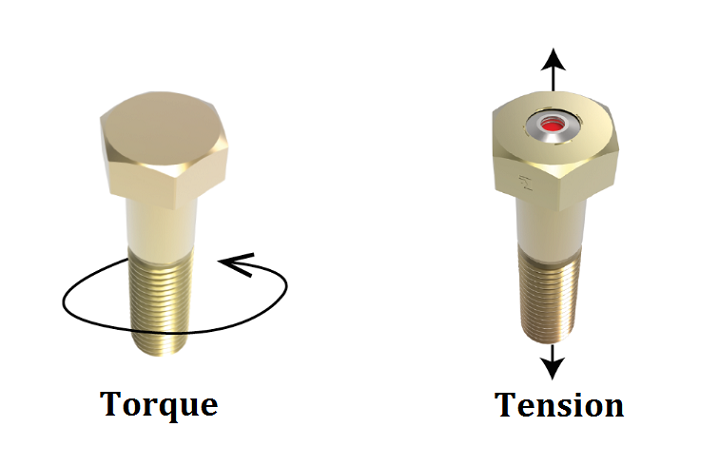 2025.6.12
2025.6.12How much torque is required for a bolt? To save time for calculation and variation, a torque value table is useful. In this article, we’ll share the metric and imperial bolt torque chart with you, and also introduce torque measurement, calculation, and the differences between torque and tension. What Is the Bolt Torque? A bolt is a fastener that consists of a shaft and a head. The shaft features both threaded and unthreaded portions. The bolts often work with matching nuts to form a joint for holding two parts together. The main types of bolt joints are tension joints and shear joints. B......
-
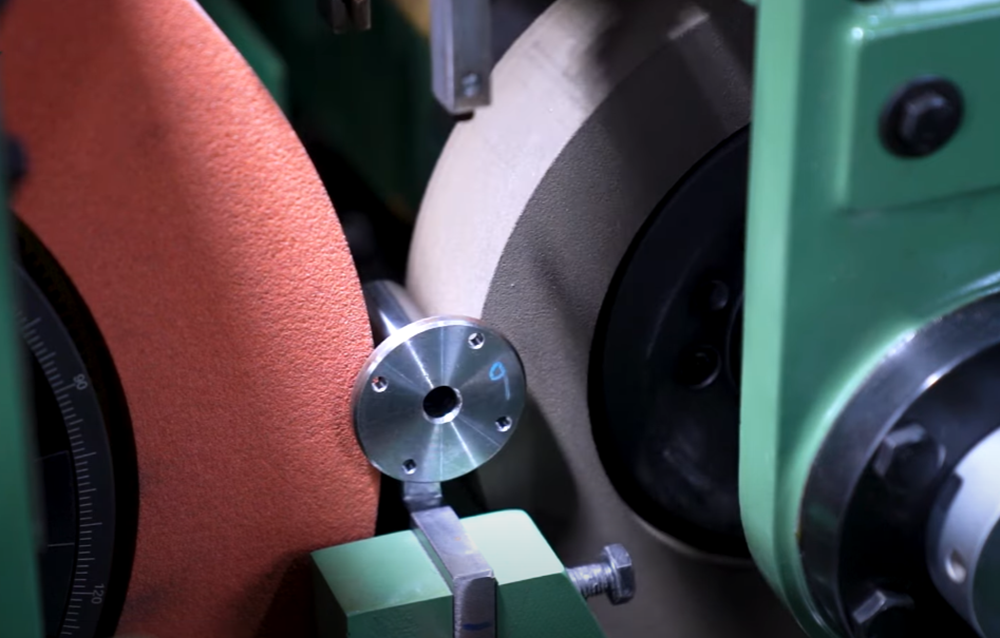 2025.6.8
2025.6.8Today, let’s get into the fascinating world of centerless grinding – one of the precision grinding processes in CNC manufacturing. You know, if you’ve ever found yourself needing to get a super precise finish on a cylindrical part, but it doesn’t have any centers, it’s for you. Or if you’re, you know, looking to really boost your production of those round components. This remarkable grinding process seems pretty straightforward on the surface, but it delivers really impressive results. Stick with us today; we’re going to explore this remarkable ......
-
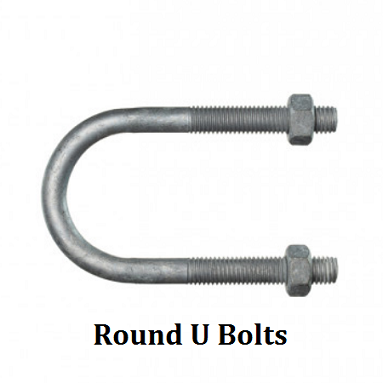 2025.5.26
2025.5.26The bolt fasteners are available in different designs to suit some specific purposes. A type of bolt with a special shape is a U-bolt. In this article, let’s understand the U-bolt with its structure, materials, types, installation steps, and size chart. What Is a U Bolt? The U-bolt is one of the bolt types, it refers to the fastener in the shape of letter U and have screw threads on both ends. U-bolts consist of a curved body with two straight, threaded arms extending downward, which allows the secure fastening of nuts and washers. The specific shape is used to clamp objects tight......
-
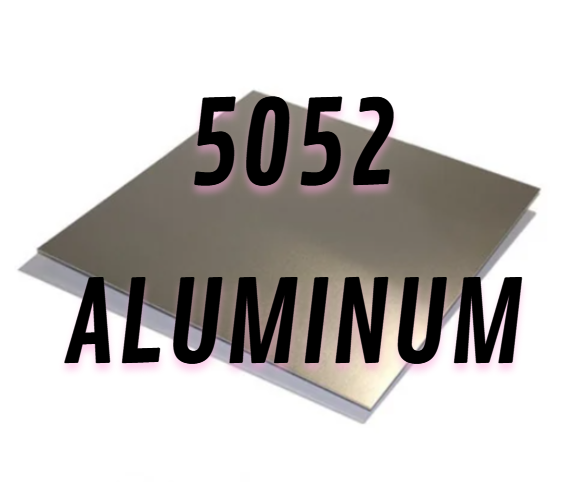 2025.5.23
2025.5.235052 is one of the alloys that can be CNC machined and used as components for aircraft, marine, and some other industries. To understand this material, here is an introduction to 5052 aluminum, along with its designation, characteristics, composition, properties, tempers, and comparison with other aluminum grades. What Is 5052 Aluminum? 5052 aluminum is an aluminum-magnesium alloy that primarily consists of aluminum, magnesium, and a small amount of chromium. The designation 5052 comes from a standardized naming system developed by the Aluminum Association, which assigns a four-digit cod......
-
 2025.5.22
2025.5.22Have you ever wondered how two materials can be joined together when you can only reach one side? That’s where a pop rivet comes in. Pop rivet is not just a simple fastener, it’s a well-engineered solution that makes it possible to join materials securely and efficiently, even when access is limited. So in this guide, let’s talk about this popular but unique fastener in detail by going over its work principle, types, applications, and metric/imperial standard pop rivet size chart in different materials and head styles! What is a Pop Rivet? A pop rivet, also k......
-
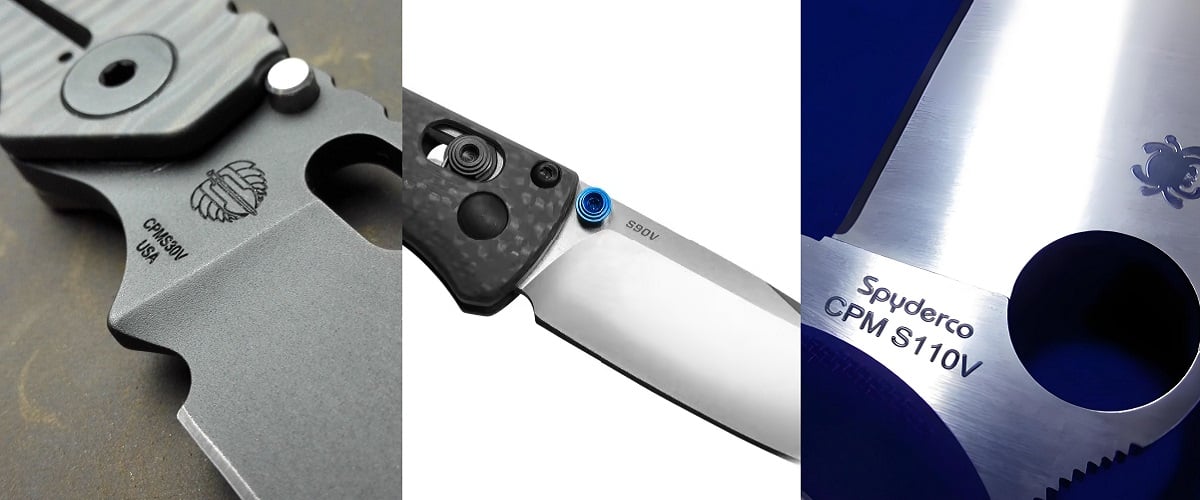 2025.5.20
2025.5.20Powder metallurgy steel has become an important choice for tool making. Leading steel smelting countries such as the United States, Japan, Sweden, and Germany have all introduced various types of powder steel, many of which have become ideal materials for tool making. For example, CPM-S30V and its derivatives such as S35VN, S60V, S90V, as well as CPM-154CM, CPM-D2. CPM-M4. CPM-3V20CV, and M390. have demonstrated excellent performance in the field of tool making. In addition, steel products such as RWL34 from Sweden and YXR7 from Japan have also attracted attention. The smelting technolo......
-
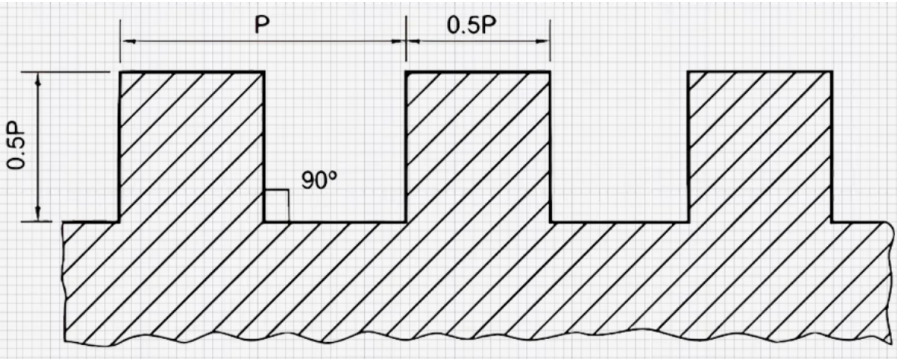 2025.5.15
2025.5.15Threads are crucial components in the engineering field, different types of screw threads are applied for fastening, power transmission, and other purposes. One of the important screw threads we are going to explore is the square thread. This article covers its definition, profile features, uses, angle, diagram, dimensions chart, and more. What Is Square Thread? The square thread is a common type of screw thread form or profile. Its cross-sectional shape is square, with the sides, root, and crest of any section formed by a plane passing through the thread axis theoretically equal ......
-
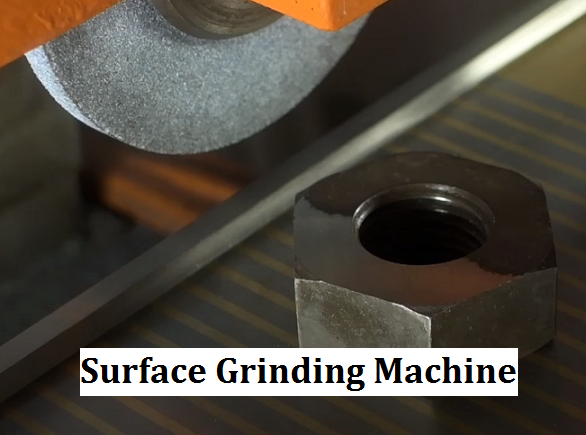 2025.4.30
2025.4.30In addition to the cylindrical grinder, there is another common grinding machine – the surface grinder. To get the best manufacturing practices, here we’ll break down the surface grinding machine working principle, benefits, purposes, applications, process, types, parts, diagram, and comparison between surface grinders and milling machines. What Is Surface Grinding? Surface grinding is used to produce a smooth finish on flat surfaces for the metalworking and other industries. According to the standard DIN 8589-11, it is a face-peripheral-longitudinal grinding process, which ......
- Home
- Machining techniques
- CNC Machining Services
- Cooperative supply services
- Designs
- Materials
- Finishing Services
- Shop
- Products
- Guide
- About Us
- Contact Us

